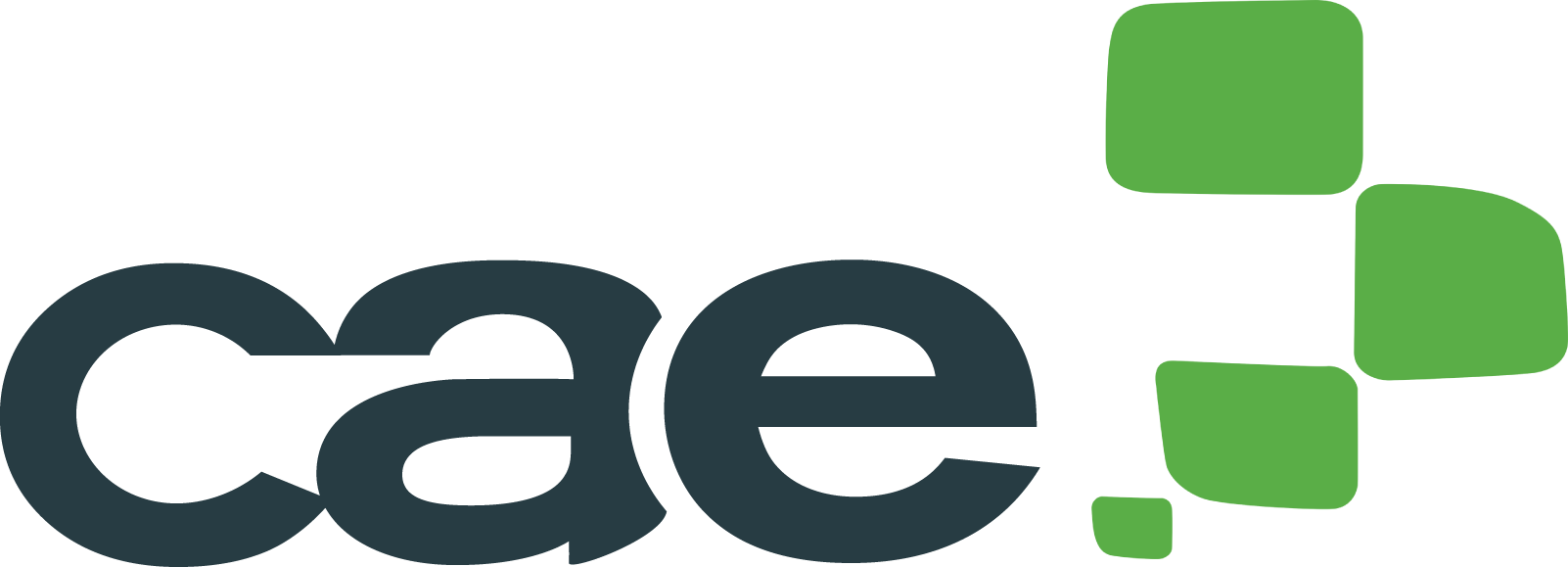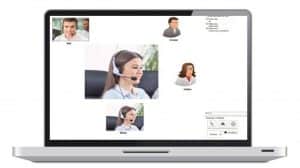How the Information Technologies have Driven Learning Platforms
Technological evolution has naturally become part of our daily lives. It influences our habits in a comprehensive way, almost without our realizing it. We buy things online, we use applications to optimize our means of transport, we participate in meetings or presentations from anywhere in the world… the list goes on and on. Technology is so much a part of our lives that we only become aware of its value when we don’t have it available to us.
Learning Platforms, or LMS (Learning Management Systems), and their qualitative leap to LCMS (Learning Content Management Systems) all represent a reliable indicator of the evolution that the information technologies have undergone. Why? Because they bring together all of the advances that this breakneck technological progress has provided us with: connectivity, content, and interactivity.
Likewise, they do so with very clear goals in mind: to bring about flexibility, to enrich, and to make learning more dynamic. These are all factors that increase the students’ degree of involvement in their own education and, therefore, bridge the gap between the student and the learning objectives.
In this day and age, LMS are something more than just tools for learning. They are driving forces for learning. They are transforming education, especially in terms of language education where competency has several facets (grammatical, lexical, and phonetic aspects). Therefore, practice becomes a large-scale, interactive environment that requires multiple activity types to achieve total language immersion. This learning transformation can be seen most clearly in two ways:
#1. The role of the teacher:
- Firstly, the traditional role of the teacher has evolved to more of a role as a motivator, manager, and dynamic force for learning processes.
#2. The role of the student
- Secondly, the student is no longer a simple receiver of content; instead, he or she is an important part of the group. The participation of students becomes more diverse, their skills and creativity are enhanced, they provide content and assume a certain degree of responsibility for their advancement through cooperative learning.
The Qualitative Leap from LMS to LCMS
The great qualitative leap of LMS has to do with content, with LCMS (Learning Content Management Systems). Unlike LMS, LCMS allow for the creation and management of content at different levels in a dynamic, interactive way for contexts that include e-learning, face-to-face classroom instruction, and blended learning.
LCMS is mainly geared towards educators who wish to set themselves apart by creating their own content and courses. To accomplish this, LCMS has tools to create educational content. Said tools are managed by pedagogical design teams, allowing them to meet specific needs and learning styles.
In short, the advantage of these learning platforms is that they incorporate authoring tools to design content. However, they also provide a very advantageous organizational dimension for learning centers with advanced curricular offerings and a large number of students.
The most obvious example of this educational transformation can be found in the Voluxion Pro LCMS. This is the most advanced language learning platform on the market because of its ability to offer comprehensive management solutions for e-learning projects and to guarantee a complete and unique user experience for students. But, what is behind Voluxion Pro? Why is it so noteworthy?
Voluxion PRO: Limitless Innovation
Voluxion PRO is the most representative example of CAE’s innovation (Computer Aided E-learning). CAE is a leader in the e-learning sector with more than 40 years of experience. Voluxion PRO is a LCMS designed for language academies and training centers with the utmost level of resources, services, and capabilities. It is, therefore, the most comprehensive option of the four scalable solutions offered by CAE through Dexway, the company’s e-learning language division (Dexway Blended Classroom, Dexway Blended E-learning, Dexway Online, and Voluxion Language Academy).
This flexibility in terms of training solutions allows language academies to provide a much broader, more advanced and competitive array of offerings. In this way, said academies can increase:
#1. The productivity of their teaching professionals,
#2. The diversity of the languages and levels that they offer,
#3. The capacity of their educational center,
#4. The possibility to include more choices in terms of interaction and content creation as their educational projects move forward.
Main Advantages
The advantages of Voluxion Pro can be seen from the outset because of its ability to be personalized. In addition to adapting to the image and peculiarities of each educational center, Voluxion Pro allows for the modification of elements in accordance with specific needs.
The project can be configured in the language you wish (available in Spanish, English, French, German, Chinese, Portuguese, Polish, Russian, Italian, Arabic, and Catalan) and multiple LMS portals can be created with different identities and domains. All this can be accomplished without the necessity for additional installations to be undertaken and with an integrated, simultaneous web access approach. Likewise, Voluxion Pro includes cloud-based hosting.
Still, the greatest potential of Voluxion Pro can be found in its ability to create content and tests. Via an innovative application, teachers can design their own interactive content which is tailored to their students’ needs. The learning center can likewise combine its own materials with videos, exercises, level tests, and a wide range of language content developed by the experts at CAE. All this can be perfectly integrated with the curriculum and the materials that the educational center uses. This translates into a huge advantage for teachers, as they have multiple educational resources for all student levels and profiles. To this end, Voluxion Pro makes new resources available to teachers in terms of motivation.
Voluxion Pro has new Options for Motivation
Tools for motivation designed to get students more involved and participating in the course content are a key to LCMS. They help to drive the pace of learning and, therefore, to achieve the course objectives. In this case, Voluxion Pro has the option of defining milestones to be associated with the courses offered.
From the course menu, the ‘Grading’ option has been modified to become ‘Grading and Milestones.’ In this part of the platform, milestones can be defined with a title, a description, and an option that allows teachers to set when the milestone is visible to the student:
– Always: the students can see that there is a milestone within reach, even if they have not reached it yet.
– When the milestone is reached: students only see the milestone once it has been reached.
– Never: the milestone has been defined by the teacher for internal purposes but it is not yet to be made visible to students.
Students can see their milestones listed in the student portal below the lesson statistics.
In short, what this new feature proves is that Voluxion Pro is a dynamic LCMS. It has increasingly more ability to adapt to the pedagogical circumstances of today and to develop more advanced teaching and training methods. It likewise has the ability to improve all projects’ efficiency and provide learning experiences that are unique, entertaining, and intuitive. At the moment, it seems as though the best is always yet to come.
You may also like:
- How Can Teachers Use Voluxion’s LCMS Creative Capabilities to Stand Out from the Competition?
- Learning Management System: Who Can Benefit from Using LMS
- Learning methodology: strengthening your students’ skills


